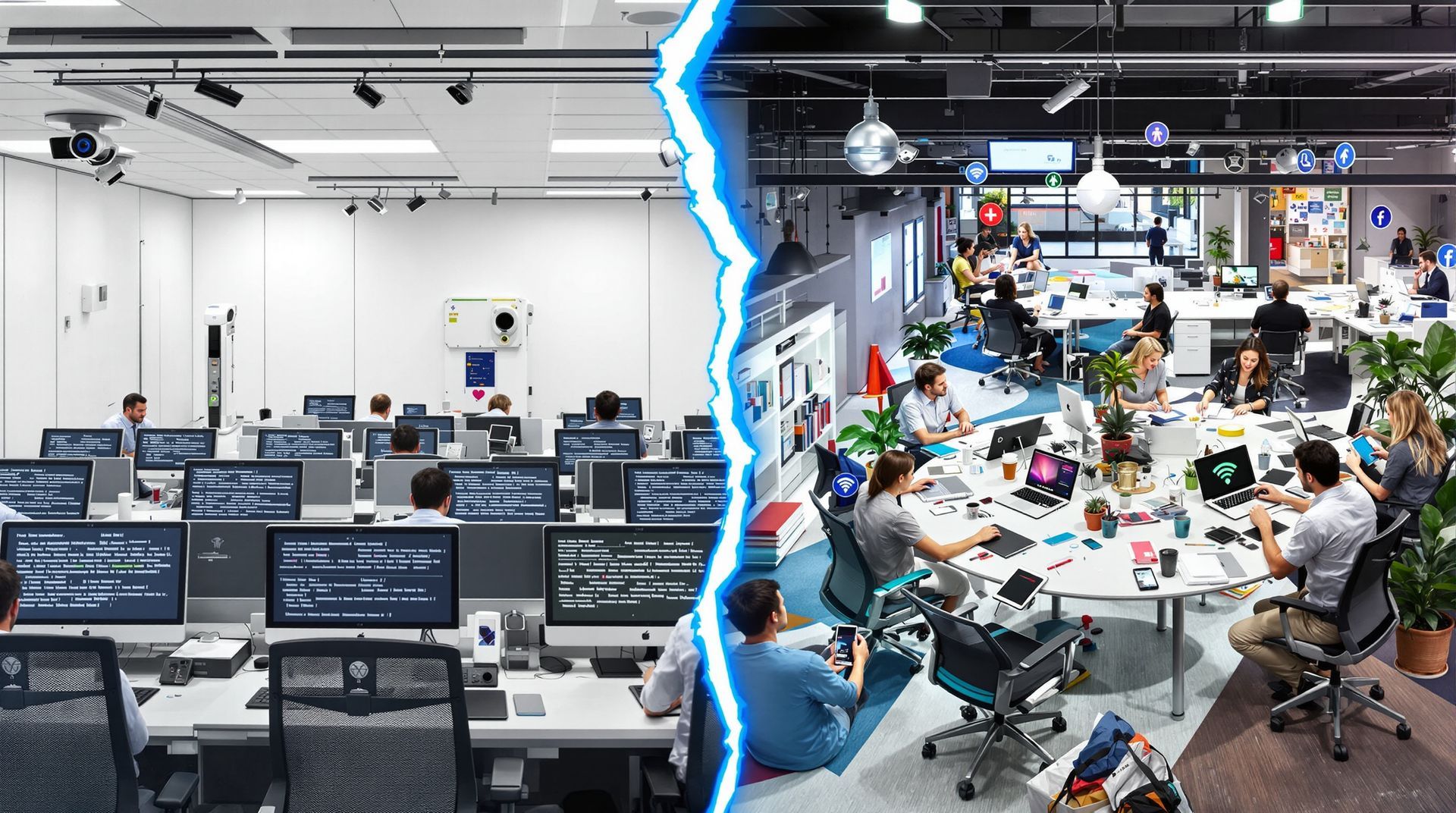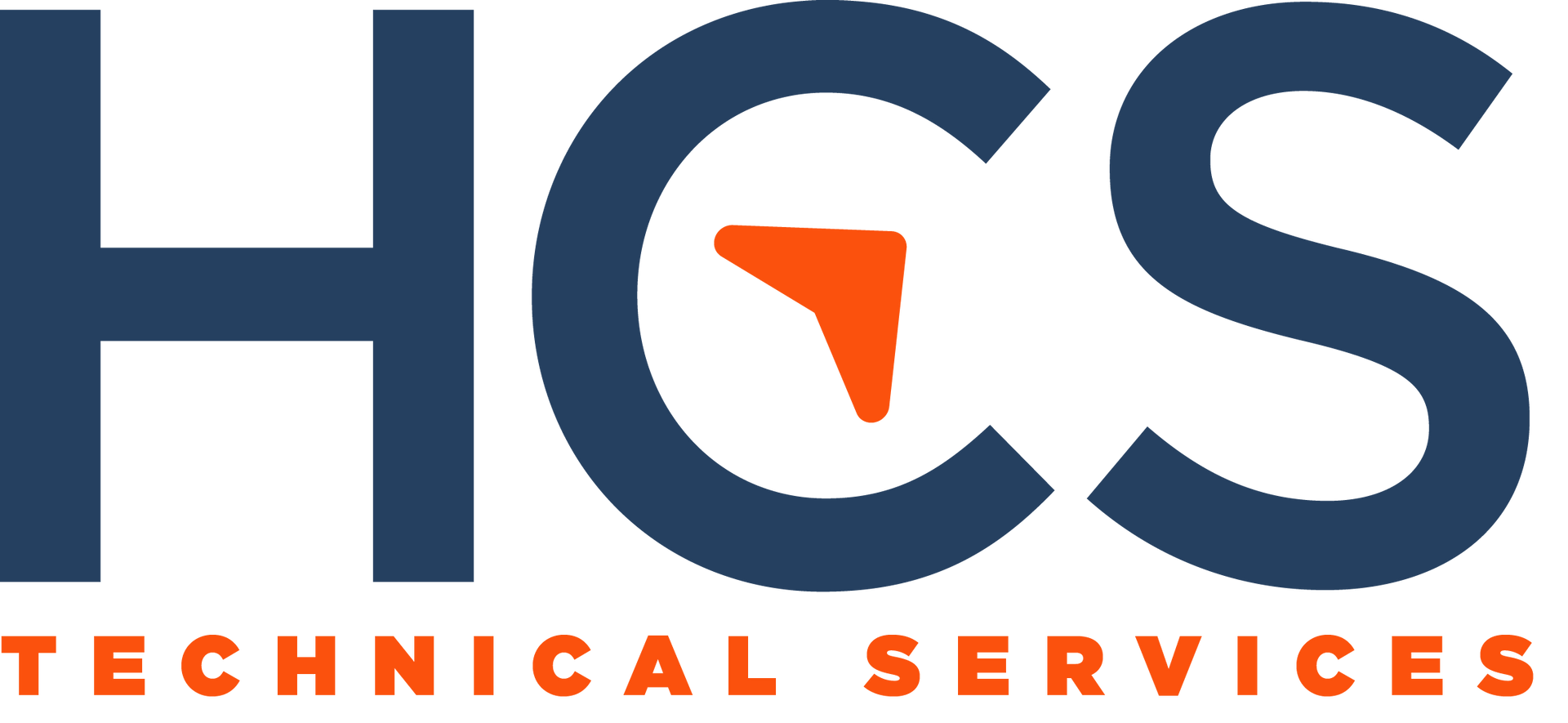Uncovering the Cybersecurity Skeletons in Your Closet
Shedding Light on Lurking Cybersecurity Vulnerabilities

Are you prepared to confront the hidden cyber threats lurking within your business? While you may not have actual skeletons tucked away, there's a good chance that cybersecurity vulnerabilities are hiding in the shadows, waiting to wreak havoc.
You can't fix what you can't see.
It's time to illuminate these concealed dangers so you can take action to protect your business from potential cyberattacks.
Let's explore some of the most common cybersecurity issues faced by small and medium-sized businesses (SMBs) and how to address them before they put your business at risk.
Outdated Software: The Cobweb-Covered Nightmare
We understand—updating software can be a hassle. However, running outdated software is like sending an open invitation to hackers. Software vendors release updates to provide crucial security patches that fix vulnerabilities cybercriminals might exploit. Don't let outdated software haunt your operations. Keep all applications and systems up to date to ensure your digital fortress remains secure.
Weak Passwords: The Skeleton Key for Cybercriminals
Using weak passwords is akin to handing over your office keys to cybercriminals. Simple passwords like "123456" or "password" are incredibly easy to crack. Instead, create strong, unique passwords for all accounts and devices. Use a mix of uppercase and lowercase letters, numbers, and special characters. Password managers can be invaluable for generating and securely storing complex passwords.
As a business owner, it's crucial to enforce strong password policies. Provide clear guidelines for creating passwords and consider implementing systems that require robust password creation.
Unsecured Wi-Fi: The Ghostly Gateway
Imagine a cybercriminal parked outside your office, snooping on your unsecured Wi-Fi network. Scary, right? Unsecured Wi-Fi can serve as a gateway for hackers to intercept sensitive data. Ensure your Wi-Fi network is password-protected and that your router uses WPA2 or WPA3 encryption for enhanced security. For critical business tasks, consider using a virtual private network (VPN) to shield your data from prying eyes.
Lack of Employee Training: The Haunting Ignorance
Your employees can be your greatest defense or your weakest link. Human error is the cause of approximately 88% of all data breaches. Without proper cybersecurity training, staff might unknowingly fall victim to phishing scams or inadvertently expose sensitive information. Regularly educate your team on cybersecurity best practices, such as:
- Recognizing phishing emails
- Avoiding suspicious websites
- Using secure file-sharing methods
No Data Backups: The Cryptic Catastrophe
Picture waking up to find your business's data vanished into the digital abyss. Without backups, this nightmare could become a reality due to hardware failures, ransomware attacks, or other unforeseen disasters. Embrace the 3-2-1 backup rule:
- Keep at least three copies of your data
- Store copies on two different media types
- Ensure one copy is stored securely offsite
Regularly test your backups to ensure they are functional and reliable.
No Multi-Factor Authentication (MFA): The Ghoulish Gamble
Relying solely on passwords to protect your accounts is risky—it's like securing your business with a screen door. Implementing multi-factor authentication (MFA) adds an extra layer of security by requiring additional verification steps, such as a one-time code or biometric factor. This makes it significantly harder for cyber attackers to breach your accounts.
Neglecting Mobile Security: The Haunted Devices
Mobile devices are indispensable in today's workplace but can be haunted by security risks. Ensure all company-issued devices have passcodes or biometric locks enabled. Consider implementing mobile device management (MDM) solutions to:
- Enforce security policies
- Remotely wipe data if necessary
- Keep devices updated with the latest security patches
Shadow IT: The Spooky Surprise
Shadow IT refers to the use of unauthorized applications within your business. While employees might use convenient tools they find online, these unvetted applications can pose serious security risks. Establish clear policies for acceptable software and services, and regularly audit your systems to uncover any shadow IT lurking under cover.
Absence of an Incident Response Plan: The Unleashed Horror
Even with all precautions, security incidents can still happen. Without an incident response plan, an attack can leave your business scrambling. Develop a comprehensive plan outlining how your team will:
- Detect security incidents
- Respond effectively
- Recover operations swiftly
Regularly test and update the plan to ensure its effectiveness when needed.
Need Expert Help to Strengthen Your Cybersecurity?
Don't let hidden cybersecurity threats jeopardize your business. We can help you identify and fix potential vulnerabilities and build a robust security posture to protect your operations.
Give us a call today to schedule a cybersecurity assessment.
HCS Technical Services



FIND US
HCS Technical Services LLC
120 Riverwalk Dr. STE 310
San Marcos, TX 78666
LET'S CONNECT
Marketing by
Right Tool Media LLC
© HCS Technical Services LLC | Website by Right Tool Media








